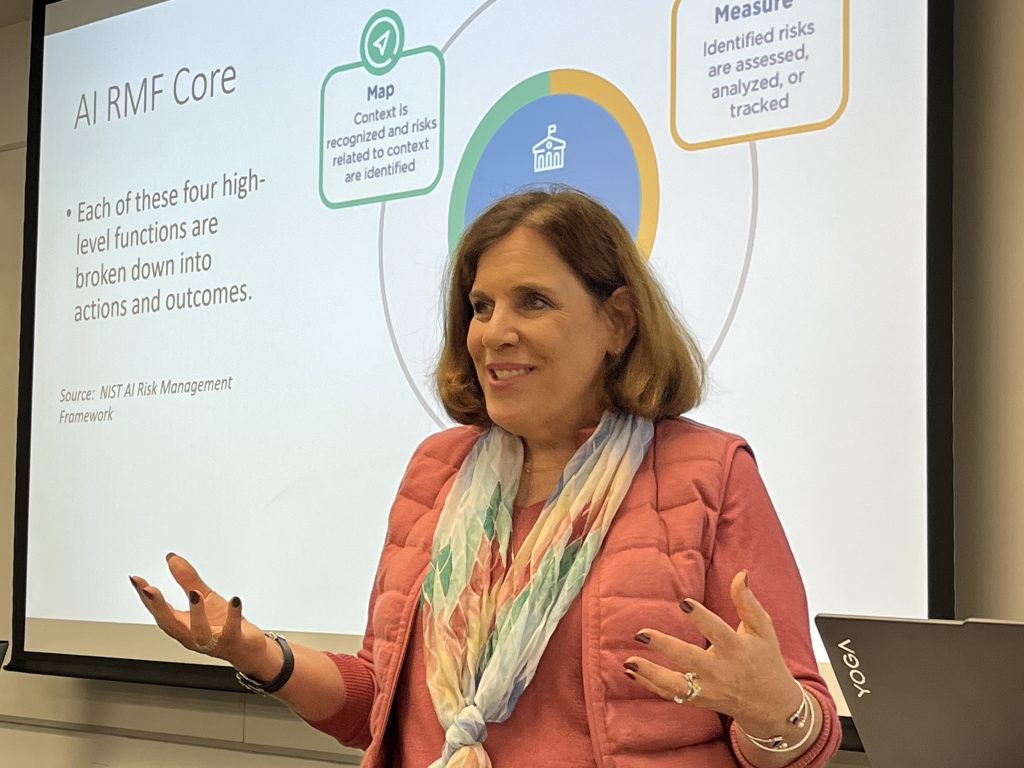More than 40 years since its signing, the United States still has not ratified an international agreement known as the “constitution of the oceans.” In a webinar held April 2, two of the world’s leading ocean diplomacy scholars met to discuss its history, challenges, and the U.S.’s potential role in the future.
The 1982 United Nations Convention on the Law of the Sea was truly revolutionary for its time. Unraveling against the backdrop of decades of conflict pertaining to maritime affairs, the significance of this conference and its attempts at negotiating a comprehensive legal framework cannot be understated. Key figures in this development include the members of the United Nations, coastal and landlocked states, the scientific community, environmental community, and developing nations. Yet, with the conclusion of this unifying conference, a singular question remained: What comes next?
This question is what David Balton, the executive director of the U.S. Artic Steering Committee, and David Freestone, a Professor at George Washington University and the Executive Secretary of the Sargasso Sea Commission, aimed to address in a webinar titled, “The UN Convention on the Law of the Sea at 40.” In this discussion a range of topics were discussed but the primary focus was providing viewers with a comprehensive understanding of the events of this convention and the way this history plays out in modern times.

The 1982 convention was one of multiple attempts at setting parameters and guidelines for maritime control. In 1958, the council met for the first time to discuss growing concerns regarding the need for a comprehensive legal framework regarding ocean governance. In this they brought multiple representatives worldwide to discuss the breadth of territorial waters, the rights of coastal states, freedom of navigation, and the exploitation of marine resources. This conversation laid the groundwork for future discussions. However, it was largely ineffective at generating a treaty as they were unable to reach a consensus on the breadth of territorial waters. This first conference is referred to as UNCLOS I.
Following 1958, in 1960 the members of the council and associated parties convened once again to discuss the issues brought forth by UNCLOS I. The purpose of this conference was to further discuss issues pertaining to the Law of the Sea and build a framework to begin ratification of a binding treaty to ensure that conflict regarding the sea diminishes greatly. This discussion was set in the context of the Cold War. This new setting complicated discussions as talks regarding the implementation of nuclear weapons under the deep seabed further elicited great debate and tensions. While the aim of this meeting was of course to reach a general agreement on these subjects, major differences between states and other parties prohibited UNCLOS II from producing said treaty.
UNCLOS III served as the breadwinner of this development, yet this is not to say that results were immediate. Negotiations for UNCLOS III were the longest of the three as they spanned from 1973 to 1982. UNCLOS II was particularly special due to its ability to produce revolutionary concepts such as archipelagic status and the establishment of the exclusive economic zone (EEZ), granting coastal states exclusive rights over fishing and economic resources within 200 miles of their shores. In addition, this led to the development of the International Seabed Authority and the International Tribunal for the Law of the Sea. Despite the limitations and unfinished agenda that preceded this, the treaty was officially ratified in 1994 at Montego Bay. The convention initially received 157 signatories and currently holds participation from 169 parties. Absent from this group are the United States, Turkey, and Venezuela. The convention was designed to work as a package deal and required nations to fully commit to the agreement or abstain entirely. For this reason, the United States retains a nonparty, observer status despite to their adherence to the rules and guidelines of the treaty.
After this explanation, Balton and Freestone addressed the big question: What comes next? As of right now, the United States is still not a signatory of this treaty. However, this is not to say that they are in violation of this treaty either. The United States participates in discussions and negotiations related to UNCLOS issues, both within the United Nations and through bilateral and multilateral engagements. In addition, the Navy still upholds international law in dealings concerning navigational rights. The one factor many claims prohibits the United States from signing is the possibility of their sovereignty being challenged by certain provisions within the treaty. In spite of this, many continue to push to change this reality, advocating for the United States to ratify this agreement.

The 1982 United Nations Convention on the Law of the Sea remains a pivotal moment in the history of international maritime governance. This Convention led to many insightful and necessary developments which will continue to set precedent for generations to come. While imperfect, the efforts put forth by many nations and third parties to ensure that it remains consistent with modern day times is very telling of the hopeful development of this treaty. Furthermore, while the future of U.S. involvement in the treaty is uncertain, the frameworks established by the three UNCLOS’ provide a solid foundation for addressing contemporary challenges and furthering international cooperation.





